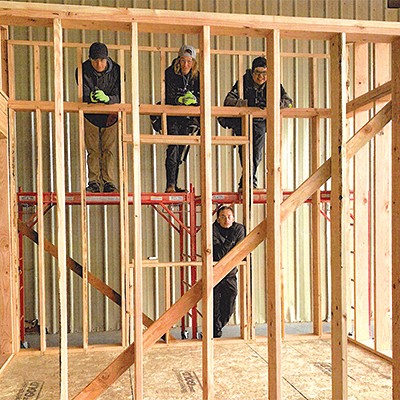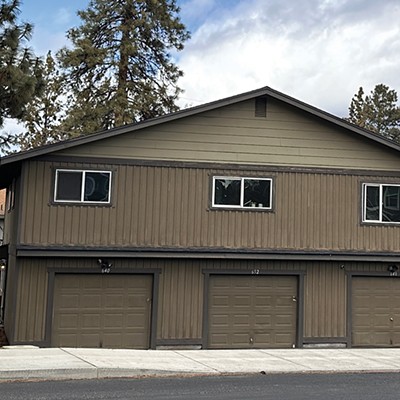The high school class of 2013 in Oregon had the worst on-time graduation rate in the country. The rates for the class of 2014 climbed slightly higher, to a "historic high" of 72 percent, as reported in the Oregonian. But still, it's a dismal rate and has Oregon public schools scraping at the bottom of the heap.
Moreover, the indications of improvement—from 69 percent in 2013 to 72 percent in 2014—are misleading; they are the result not of improvements, but of a change in the definition of what constitutes a high school graduate. Last year, Oregon widened the definition of "high school graduate" to include special education students earning modified diplomas and a niche of students who deferred graduation so that they could attend community college for free—1,800 students statewide. Both categories recognize important achievements by specific demographics, but without those modifications, graduation rates would have actually fallen in Oregon by nearly 1 percentage point to 68 percent.
These numbers should be alarming—and with the state legislature kicking off this week in Salem, lawmakers should be putting remedying high school graduation rates as priority number one. And so far, in rhetoric, they have. Four-term Gov. John Kitzhaber has pledged to have 100 percent graduation rates by 2025, and 80 percent receiving a degree from college—goals that sound wonderful, but in reality and in history have little to back them up.
In fact, much of the blame for the current dismal graduation rates rests squarely on the state lawmakers who over the past decade have done little to bolster Oregon's public school system. In fact, Kitzhaber was governor 15 years ago when funding was dramatically reduced for Oregon schools—a history that is relevant to remember because the students who did, and did not, graduate in 2013 and 2014 were in elementary school when those funding roll backs were occurring, and their middle and high school years have been marred by those funding reductions.
To hear promises of 100 percent graduate rates a decade from now rings somewhat hollow.
What's more, the legislature seems to be paying little attention to the larger content of the problem—that is, the socio-economic underpinnings to these numbers. The primary demographic to not graduate was not race or gender-based; instead, overall, 70 percent of those who did not graduate were from low-income families. Summit High and Mountain View, both of which draw from solidly middleclass neighborhoods, have strong on-time graduation rates (92 percent, 86 percent), while other schools in the same school district, but with students from poorer families have distinctly lower graduation rates—with La Pine Senior High right at the state average (72 percent), and Redmond High only graduating two out of three students (67 percent).
These trends—the division between the haves and have-nots—is consistent throughout Oregon. In Eugene, students not in the talented-and-gifted program only have a 62 percent graduation rate and low-income students in Salem graduate on-time 64 percent of the time.
Moreover, these numbers coupled with employment trends are indicative of a dangerously widening gap between who will enter the work force with potential for decent paying jobs, and who is more likely to remain poor. (Those without a high school diploma are three times as likely to be unemployed, and even employed, are likely to earn half the national average.) These trends will only continue to repeat themselves.
The graduation numbers released last week are a manifestation of a larger problem that the state legislature and Gov. Kitzhaber need to address immediately, and with concrete programs, not just promises.


























